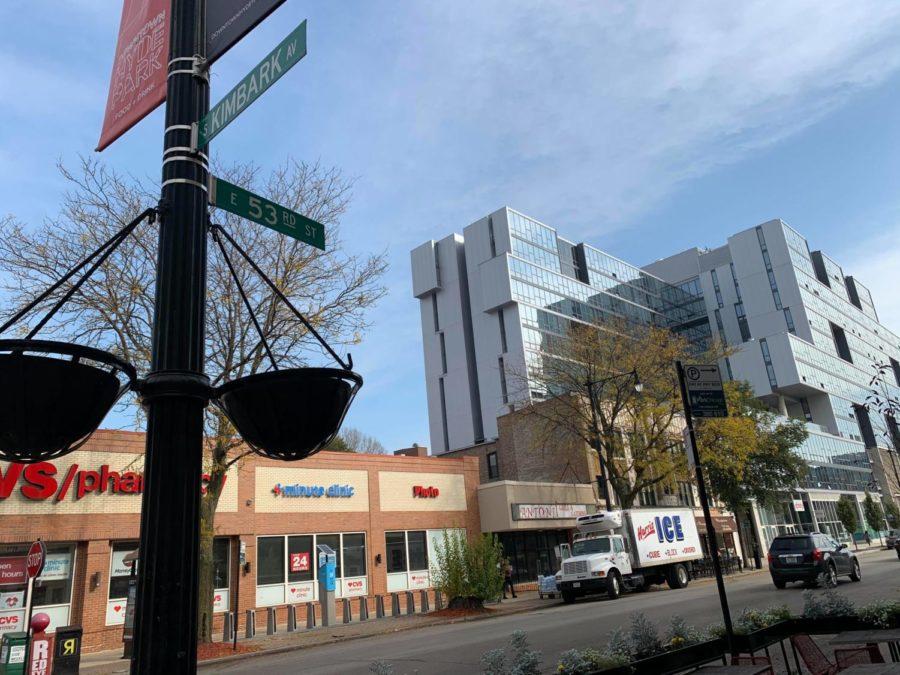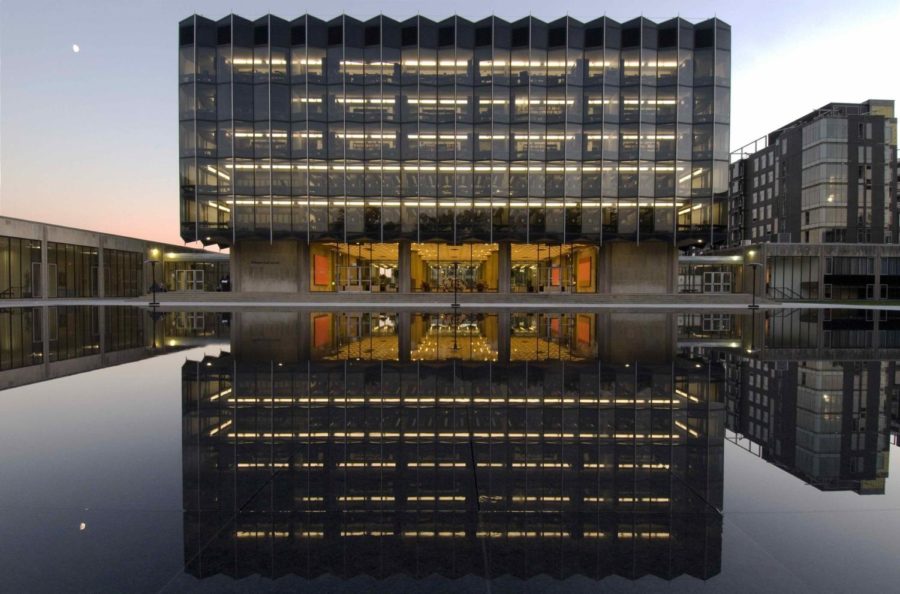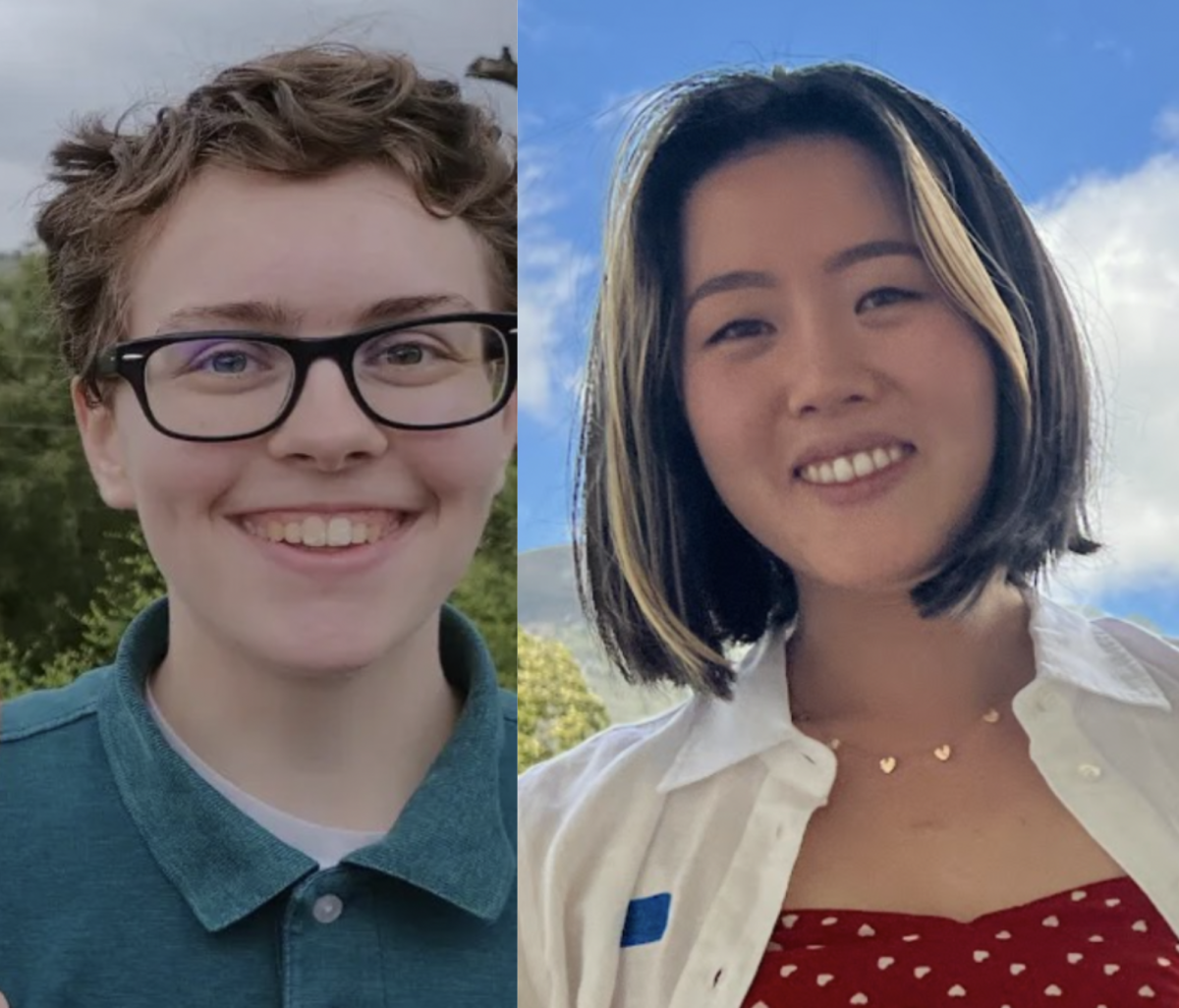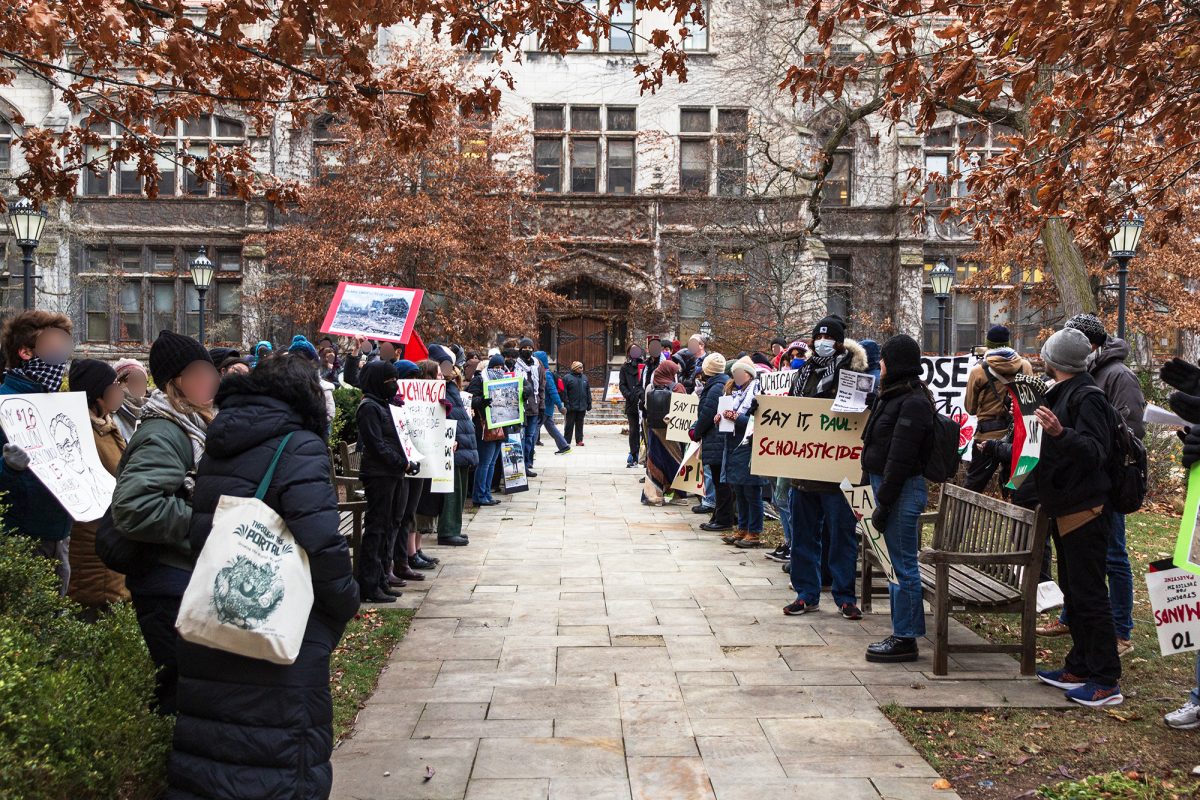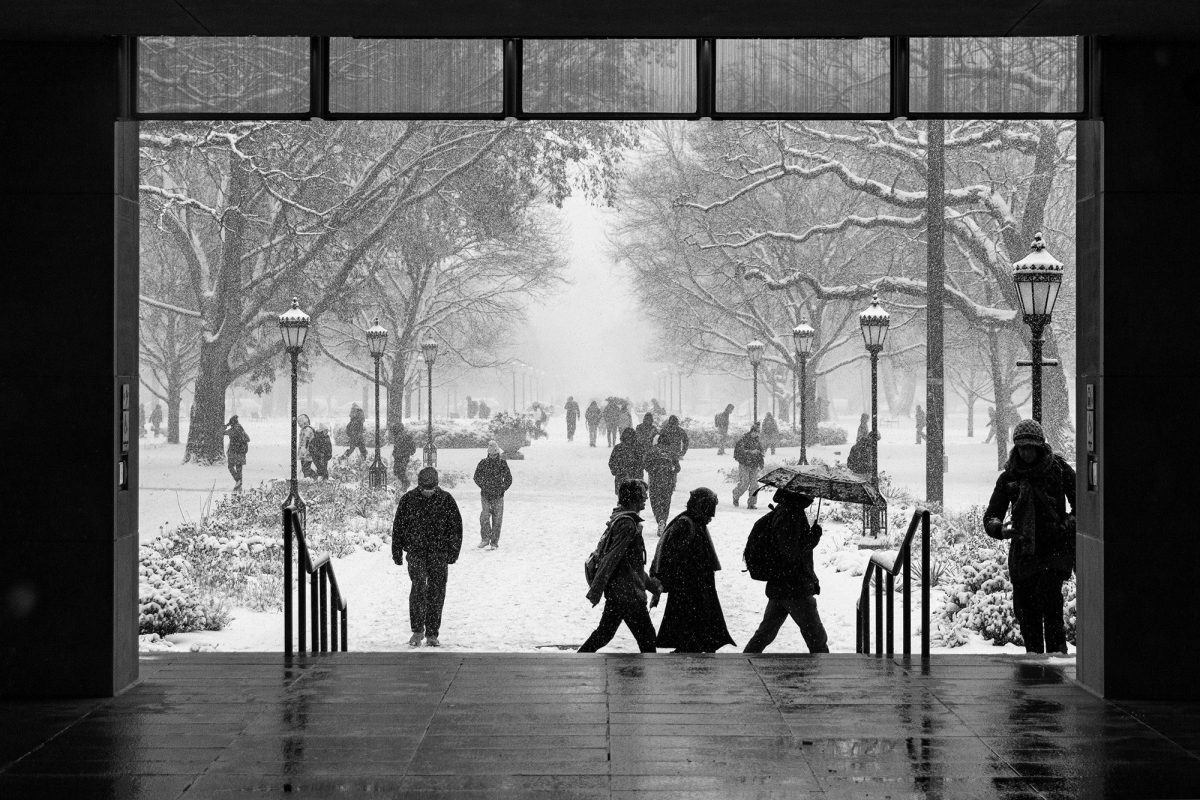On Sunday, May 31, second-year John Fuentes packed his backpack with a widemouthed water bottle, welding gloves, a heat-resistant cloth, and a pair of heavy goggles which he’d bought that morning. In his hands, he carried a single traffic cone.
His task for the afternoon? Provide protective gear and first aid for protesters coming up against reams of law enforcement as they took to the streets to protest the murder of George Floyd at the hands of a Minneapolis police officer. Many UChicago students, scattered across the country due to the COVID-19 pandemic, were in the protestors’ ranks.
Fuentes’s friend, a military veteran, had taught him the procedure to defuse a tear gas canister earlier that week: “Put the cone over it…dump whatever water I had inside of there…put [the tear gas canister] inside the bottle…close it; and shake it to neutralize the tear gas.”
He’d retrieved a “big ole box of stuff,” filled to the brim with helmets, face masks, food, water, and other supplies, from a protest safe house earlier that morning, and he arrived at the protest dressed entirely in black and gray, having “duct-taped” his hat to cover any distinctive features. The protest embarked from 35th Street and Michigan Avenue, and Fuentes carried the box for ”I don’t remember how many miles.”
Fortunately, Fuentes said, his load didn’t lighten for the duration of the march. “I didn’t think it [tension with police] was gonna happen at all…. Everything seemed pretty peaceful. I’m like, awesome, if my arms get tired, that’s a good indication that everything went well.”
It wasn’t until the march had ended, and protestors had begun to disperse, that his box began to empty.
“It was at the very last moment, when we got to 53rd and Lake Shore,” Fuentes said. “After seven or eight minutes, more like 10, of dispersing, police came with batons and started rallying things…. And then [I] was like, alright, maybe I’ll have to use this. So I moved up closer.” At this point, Fuentes said, people started asking for protective gear.
He ended up passing out all of the helmets in the bin; the box was entirely emptied, in fact, except for a couple of bananas.
Zebeeb Nuguse, a copresident of the African and Caribbean Students Association (ACSA), told The Maroon that police officers in her hometown, Louisville, Kentucky, pepper-sprayed her and a friend during an otherwise peaceful demonstration. Nuguse has participated in several days of protests in Louisville, where police officers shot Breonna Taylor, a Black woman, in her home on March 13. Nuguse was struck by the escalatory behavior of law enforcement.
“I was taken aback by how violent the police were,” she said. “They would just throw tear gas at you, pepper-spray you for no reason other than standing there, just to make the crowd dissipate.”
This was a painful reality for Nuguse and her friend, whom The Maroon has kept anonymous at Nuguse’s request. According to Nuguse, the two were standing peacefully at an intersection when police officers advanced, trying to disperse the protest. Despite this, the two “stood their ground,” and the officers began pepper-spraying them.
“I was able to turn, so they only pepper-sprayed my back and my arms—which still really burned, even afterwards…but my friend didn’t turn around, so she got [sprayed] directly into her eyes,” Nuguse said. “I had to lead her away, as if she were actually blind, away from what was happening.”
The officers continued to spray them as they began to retreat, so that eventually Nuguse couldn’t see either, and her friend’s condition grew worse. Given that the full extent of the protestors’ disturbances was throwing half-opened water bottles at the police—“so they would sort of bust open when they hit the ground”—Nuguse found the officers’ actions deeply unsettling.
“I was just thinking about how the state can utilize chemical forms of punishment against its citizens, even if they are just assembling to protest peacefully,” she said. “My interaction with police was very negative that night.”
Third-year Lillian Hermes, a white student, likened her role at a protest to a “megaphone,” saying that she attended in order to “amplify the voices of Black Chicagoans” around her. When the demonstration encountered police officers, she said, white protesters would make a protective “barrier” around the perimeter of the group, a tactic based on the notion that police officers are less likely to use force against white protestors.
The organizers of the protest repeatedly emphasized their intention to keep the protest nonviolent, Hermes said, telling the group that “we are here to peacefully protest, we are not here to disrupt daily lives.”
Hermes was annoyed with the way all of the news coverage she saw of the protest seemed to focus on the clash with police at Lake Shore Drive, rather than its long nonviolent and nondisruptive stretch. She said it spoke to a broader tendency of media outlets to focus on the negative moments of demonstrations.
“There was [sic] hundreds of South Side natives peacefully taking over the street in these huge demonstrations,” she said. “It frustrates me that [looting is] all the news is focusing on.”


